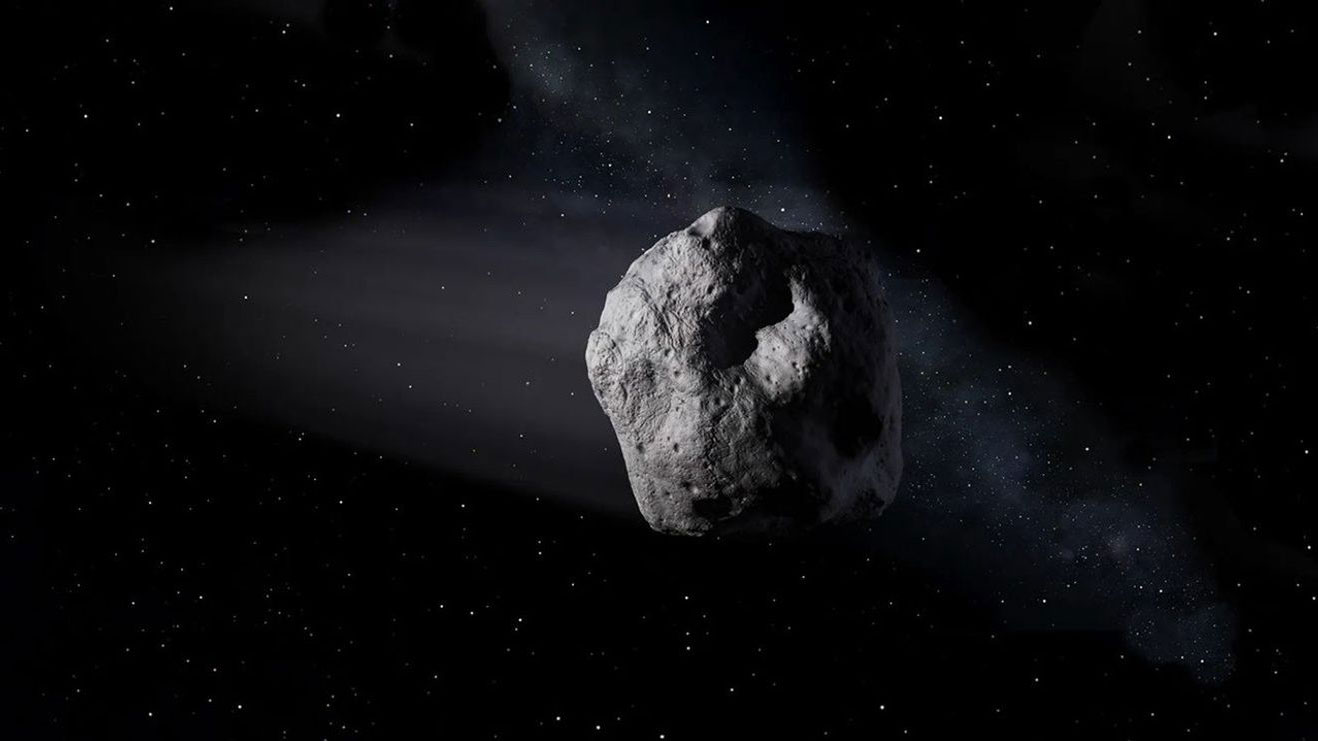
An international group of astronomers, using observations from NASA's Neil Gehrels Swift Observatory, have discovered for the first time the signal from a pair of monster black holes disrupting a gas cloud at the center of a galaxy.
"It's a very strange event, called AT 2021hdrwhich we see increasing in brightness every few months," he said. Lorena Hernández-García, astrofísica del millennium institute of astrophysics (MAS) and the TITANS Millennium Nucleusin Chile. "We believe that a cloud of gas enveloped the black holes. As they orbit around each other, the black holes interact with the cloud, disturbing and consuming its gas. This produces an oscillating pattern in the light emitted by the system."
A paper on AT 2021hdr, led by Hernández-García, has just been published in the journal Astronomy and Astrophysics.
This twin black hole binary system is at the center of a galaxy called 2MASX J21240027+3409114, located one billion light-years away in the northern constellation Cygnus. The pair is separated by about 26 billion kilometers, close enough for light to take only one day to travel between them. Together they contain 40 million times the mass of the Sun.
Scientists estimate that black holes complete an orbit every 130 days and will collide and merge in approximately 70,000 years.
AT 2021hdr was detected for the first time in March 2021 by the ZTF (the Zwicky Transient Facility (ZTF) observations) at the Palomar Observatory in California. It was identified as a potentially interesting source by ALeRCE (Automatic Learning for the Rapid Classification of Events team). This Chilean broker combines artificial intelligence tools with human expertise to report events in the night sky to the astronomical community, using the large amount of data collected by survey programs such as the ZTF.
"Although the first flash was originally thought to be a supernova, the outbursts in 2022 made us think of other explanations," said co-author Alejandra Muñoz-Arancibia, member of the ALeRCE team and astrophysicist of the MAS and the Center for Mathematical Modeling (CMM). "Each subsequent event has helped us refine the model of what we believe is happening in the system."
ZTF ha detectado estallidos de AT 2021hdr cada 60 a 90 días desde el primer destello. Hernández-García, quien también es investigadora del Instituto de Física y Astronomía de la Universidad de Valparaísoand his team have been observing the source with Swift since November 2022. Swift helped them determine that the system produces oscillations in ultraviolet and X-ray light on the same time scales that the ZTF observes them on in the visible range.
Los investigadores analizaron distintos escenarios que dieran explicación a lo que mostraban los datos. Inicialmente, pensaron que la señal podría ser el subproducto de una actividad normal en el centro galáctico. Luego consideraron que un evento de disrupción de marea —la destrucción de una estrella que se acercó demasiado a uno de los agujeros negros— podría ser la causa.
Finalmente, optaron por otra posibilidad: la disrupción de marea de una nube de gas, una que era más grande que el sistema binario de agujeros negros. Cuando la nube se encontró con ellos, la gravedad la desgarró, formando filamentos alrededor del par y la fricción comenzó a calentarla. Además, el gas se volvió particularmente denso y caliente. A medida que el sistema binario orbita, la compleja interacción de fuerzas expulsa parte del gas del sistema en cada rotación. Estas interacciones producen las fluctuaciones que Swift y ZTF observaron en forma de oscilaciones.
Hernández-García and his team plan to continue observations of AT 2021hdr to better understand the system and refine their models. They are also interested in studying its host galaxy, which is currently merging with another nearby galaxy, an event first reported in their paper.
"As we approach the 20th anniversary of SwiftIt's amazing to see all the new science that continues to help the community achieve," he said. S. Bradley Cenko, Swift's principal investigator in the NASA Goddard Space Flight Center in Greenbelt, Maryland, United States. "There is still much it has to teach us about our cosmos, which is constantly changing."
Goddard manages the Swift mission in collaboration with Penn State, Los Alamos National Laboratory in New Mexico and Northrop Grumman Space Systems in Dulles, Virginia. Other partners include the University of Leicester and the Mullard Space Science Laboratory in the United Kingdom, the Brera Observatory in Italy and the Italian Space Agency.
Conce more of the publication:
Journal: https://www.aanda.org/10.1051/0004-6361/202451305
DOI: https://doi.org/10.1051/0004-6361/202451305












